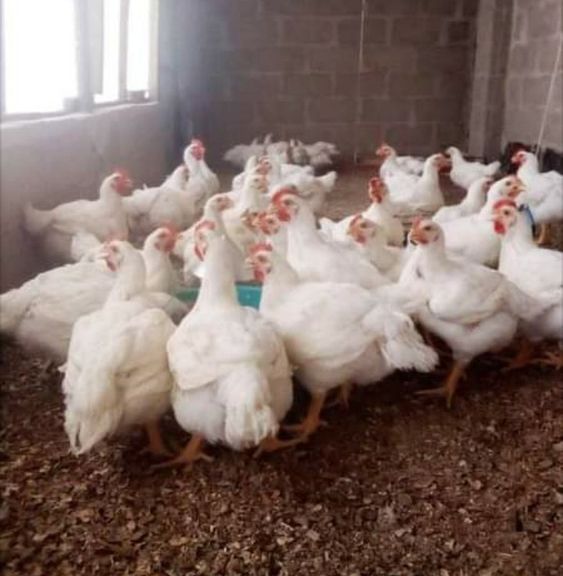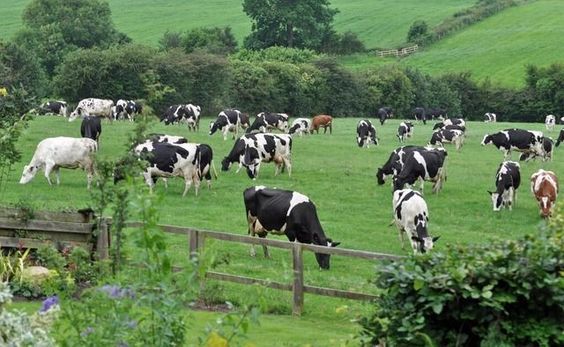Techniques to Improve Sheep Quality: A Comprehensive Guide for Sheep Farmers
Techniques to Improve Sheep Quality is a rewarding yet demanding agricultural practice. From raising healthy flocks to producing high-quality products like wool, meat, and milk, success hinges on a deep understanding of sheep care and management techniques. This comprehensive guide delves into various strategies to enhance the overall quality of your sheep, maximizing their health, productivity, and profitability.
Techniques to Improve Sheep Quality encompasses a range of desirable traits that contribute to the overall well-being and economic value of your flock. These traits can be broadly categorized as:
- Physical Attributes: Body size, conformation, fleece characteristics (wool quality, staple length, fineness), and carcass quality (meat production, marbling).
- Health and Performance: Disease resistance, fertility (lambing rate), growth rate, feed efficiency, and longevity.
- Temperament: Docile and easy to handle sheep are less prone to stress and injuries, leading to improved overall health and production.
Continuously striving to improve sheep quality offers numerous benefits to your farming operation:
- Increased Profitability: High-quality sheep are more productive, producing more wool, meat, or milk, leading to greater returns on investment.
- Enhanced Market Value: Premium quality products like fine wool, high-yielding meat cuts, and rich milk command higher market prices.
- Improved Sustainability: Healthy, fertile sheep with efficient feed conversion rates minimize environmental impact and resource requirements.
- Reduced Operational Costs: Proactive health management reduces disease outbreaks and associated treatment costs.
- Improved Animal Welfare: By prioritizing sheep well-being and ensuring optimal living conditions, you create a more humane and ethical farming practice.
Objectives of Techniques to Improve Sheep Quality
Techniques to Improve Sheep Quality,When embarking on a quality improvement program, it’s crucial to define clear objectives based on your specific goals. Here are some common objectives to consider:
- Increased Wool Production: Aim to improve fleece weight, staple length, and fiber quality for wool-producing breeds.
- Enhanced Meat Quality: Focus on improving carcass weight, muscle development, marbling score, and tenderness for meat production.
- Improved Milk Yield: Prioritize lactation length, milk volume, and protein content for dairy sheep.
- Enhanced Fertility: Target higher conception rates, lambing rates, and litter size.
- Improved Disease Resistance: Implement strategies to minimize susceptibility to common sheep diseases.
- Optimized Feed Efficiency: Aim for sheep that convert feed into desired products like wool, meat, or milk more efficiently.
By clearly outlining your objectives, you can tailor your quality improvement strategies to achieve your desired outcomes.
Core Techniques for Enhancing Sheep Quality
This section explores various techniques to elevate the quality of your sheep across different aspects:
1. Breed Selection and Management Techniques to Improve Sheep Quality:
- Selection: Choose breeds that align with your production goals. Consider factors like fleece characteristics, carcass size, milking aptitude, and environmental adaptation.
- Breeding Programs: Implement selective breeding practices to enhance desired traits. Utilize performance records to identify superior breeding stock.
- Flock Culling: Regularly cull sheep that exhibit poor health, low productivity, or undesirable traits to maintain a high-performing flock.
2. Nutrition and Feeding Techniques to Improve Sheep Quality:
- Balanced Diet: Provide a diet that meets the sheep’s nutritional requirements for growth, reproduction, lactation, and fleece production.
- High-Quality Forage: Ensure access to fresh, nutritious pasture grasses or high-quality hay. Supplement with grains, concentrates, or minerals as needed.
- Seasonal Adjustments: Adapt feeding regimes based on seasonal variations in forage quality and sheep’s physiological needs.
3. Health Care and Parasite Control:
- Vaccination Programs: Follow a veterinarian-recommended vaccination schedule to protect sheep against common diseases.
- Parasite Control: Implement regular deworming programs to manage internal parasites that can impact health and performance.
- Biosecurity Measures: Minimize the risk of disease introduction by establishing biosecurity protocols, such as quarantine procedures for new arrivals.
- Foot Care: Maintain healthy hooves through regular trimming and address any signs of foot rot promptly.
4. Housing and Environment Techniques to Improve Sheep Quality:
- Adequate Space: Provide sufficient space per sheep to minimize stress and competition for resources like food and water.
- Shelter: Offer well-ventilated, weather-protected shelters for comfort and protection against harsh weather conditions.
- Cleanliness: Maintain clean and dry bedding to reduce the risk of disease and hoof problems.
- Predator Control: Implement appropriate measures to protect sheep from predators.
5. Management Practices Techniques to Improve Sheep Quality:
- Handling: Implement gentle and low-stress handling techniques to minimize fear and improve sheep well-being.
- Stress Management: Identify and address potential stressors in the sheep’s environment, such as overcrowding, noisy machinery, or unfamiliar people.
- Heat Stress Management: For hot climates, provide shade, ensure access to clean water, and adjust feeding times to minimize heat stress.
- Regular Monitoring: Regularly observe your sheep for signs of illness, injury, or other abnormalities. Early detection allows for prompt intervention and improved outcomes.
- Record Keeping: Maintain comprehensive records of individual sheep, including breed, vaccinations, treatment history, and performance data.
6. Utilizing Technology and Innovation Techniques to Improve Sheep Quality:
- Electronic Identification: Utilize ear tags or other electronic identification systems to track individual sheep performance and health data.
- Precision Nutrition: Explore advancements in feeding technology, such as targeted feeding systems, to optimize nutrient delivery based on individual needs.
- Genetic Testing: Consider utilizing genetic testing to identify sheep with superior traits for breeding purposes.
- Data Analysis: Leverage software tools to analyze performance data and identify areas for improvement in your flock management.
7. Sustainable Practices Techniques to Improve Sheep Quality:
- Rotational Grazing: Implement rotational grazing practices to optimize pasture utilization and promote healthy forage growth.
- Manure Management: Develop a manure management plan to minimize environmental impact and utilize manure as a natural fertilizer.
- Water Conservation: Implement water-saving techniques like rainwater harvesting and efficient watering systems.
- Breeding for Efficiency: Select sheep breeds with superior feed conversion rates to minimize resource requirements and environmental impact.
8. Continuous Learning and Improvement Techniques to Improve Sheep Quality:
- Stay Informed: Regularly update your knowledge by attending workshops, conferences, or networking with other sheep farmers.
- Seek Expert Advice: Don’t hesitate to consult with veterinarians, sheep breeders, or extension agents for specialized advice on improving your flock’s quality.
- Benchmarking: Benchmark your sheep performance against industry standards to identify areas for improvement.
- Adapt and Experiment: Be willing to adapt existing practices and experiment with new techniques to continuously enhance your sheep farming operation.
Techniques to Improve Sheep Quality,By implementing these techniques and constantly striving for improvement, you can significantly enhance the overall quality of your sheep flock. This translates into healthier animals, increased productivity, and a more profitable and sustainable sheep farming operation. Remember, success lies in a commitment to excellence, continuous learning, and a deep respect for the well-being of your sheep.






